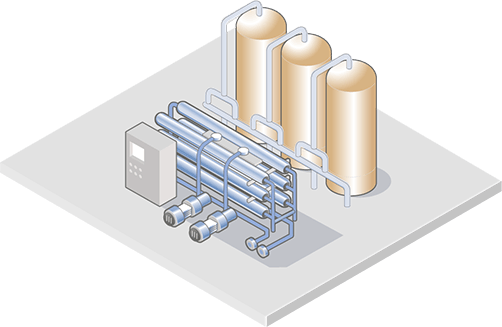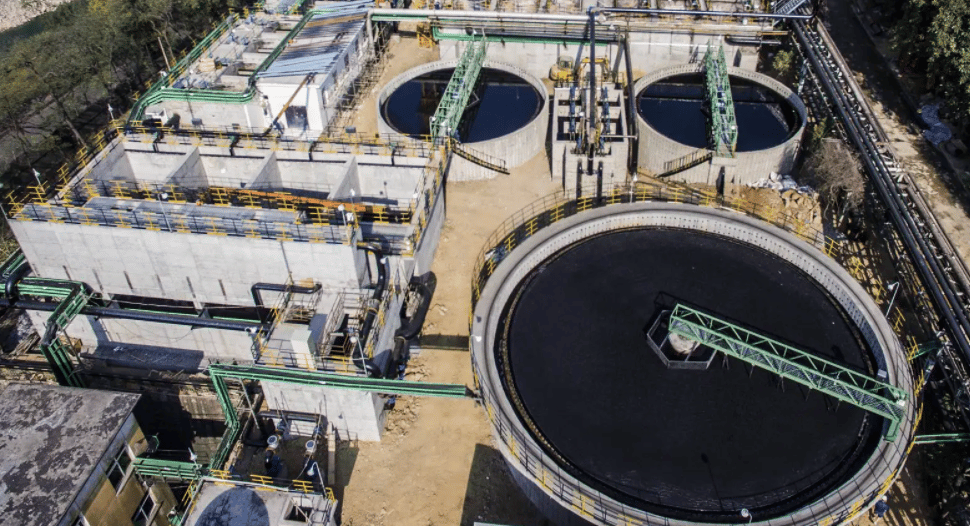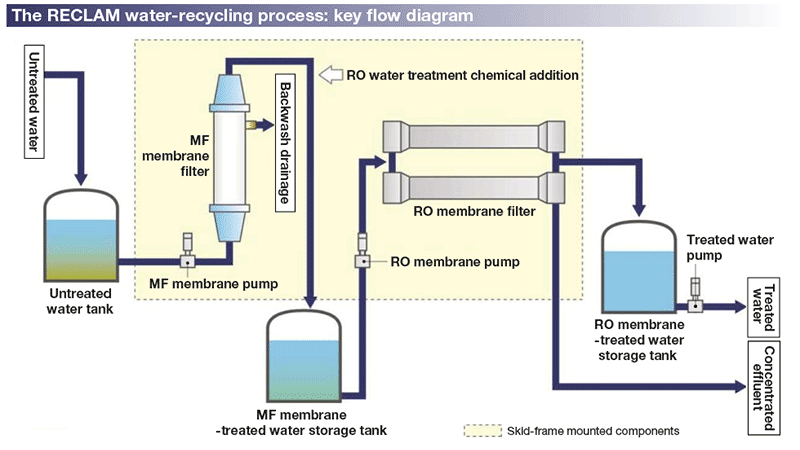Industrial Waste Water Treatment-- Sustainable Solutions for Industrial Water Management
Innovations and Developments in Industrial Waste Water Therapy Technologies
The landscape of industrial wastewater therapy is going through a transformative change, driven by developments that boost both effectiveness and sustainability. Arising innovations, such as membrane layer bioreactors and microbial fuel cells, are redefining impurity removal procedures while adding to energy generation. Resource healing approaches are acquiring grip, straightening with circular economic climate concepts. As regulatory requirements advance, the integration of AI and maker understanding into wastewater administration systems assures to guarantee and enhance procedures conformity. The complete effects of these advancements raise vital concerns regarding their scalability and long-lasting influence on sector techniques.
Summary of Waste Water Therapy Technologies
Wastewater therapy modern technologies include a variety of methods designed to get rid of impurities from commercial effluents before their launch right into the atmosphere. These technologies are critical for keeping eco-friendly balance and guaranteeing compliance with ecological policies. The primary groups of wastewater therapy include physical, chemical, and organic techniques, each serving distinctive functions based on the nature of the pollutants present.

Biological therapy approaches employ microorganisms to break down raw material, making them especially reliable for organic-rich effluents. Techniques like turned on sludge and biofilm reactors harness the natural deterioration capacities of bacteria, resulting in considerable reductions in biochemical oxygen need (FIGURE)
Advanced Purification Strategies
Advanced purification techniques represent an important advancement in the world of commercial wastewater therapy, boosting the performance of impurity elimination procedures. Industrial Waste Water Treatment. These techniques include an array of modern technologies, consisting of microfiltration, ultrafiltration, nanofiltration, and turn around osmosis, which supply sequential barriers for various particle sizes and chemical frameworks
Microfiltration and ultrafiltration make use of membrane layer systems to get rid of put on hold solids, germs, and larger organic particles, boosting the top quality of effluent before additional treatment. Nanofiltration bridges the void in between ultrafiltration and reverse osmosis, efficiently removing natural compounds and divalent ions, thus reducing the load on downstream processes.
Reverse osmosis provides the highest possible level of filtration by permitting just water and small molecules to go through its semi-permeable membrane layers, making it ideal for redeeming top notch water from industrial effluents. Current innovations in membrane layer modern technology, consisting of the advancement of more fouling-resistant and long lasting materials, have actually substantially improved functional effectiveness and reduced expenses.
Incorporating these innovative filtering strategies not only boosts the general treatment process yet likewise adds to sustainability efforts by enabling water reuse and resource recuperation in industrial setups. (Industrial Waste Water Treatment)
Biological Therapy Innovations

Additionally, the growth of crafted biological systems, such as membrane layer bioreactors (MBRs), integrates organic therapy with advanced membrane layer filtering. This assimilation enables higher effluent top quality and decreased impact, making it appropriate for space-constrained you could try here commercial facilities. Innovations in genetically crafted microorganisms have actually additionally emerged, boosting the biodegradation of specific pollutants, such as pharmaceuticals and hefty metals, that are generally challenging to eliminate.
Furthermore, the implementation of bioaugmentation approaches, where valuable microbes are introduced to enhance the existing biological therapy procedures, has revealed appealing cause improving therapy efficiency. These developments jointly represent a pattern in the direction of more efficient and lasting organic treatment approaches that can adjust to the evolving complexities of commercial wastewater streams. As sectors remain to prioritize ecological conformity, these organic developments will play an essential role in wastewater administration.

Source Healing Approaches
In commercial settings, the assimilation of resource recuperation techniques has come to be progressively vital for improving sustainability and minimizing waste. These approaches focus on removing important products and energy from wastewater streams, therefore transforming potential contaminants right into recyclable sources.
One popular strategy is nutrition recuperation, where nitrogen and phosphorus, typically present in excess in wastewater, are recorded and converted right into fertilizers. This not only lowers ecological influences however additionally provides a round economic situation service for farming applications. Additionally, innovations such as anaerobic food digestion allow for the conversion of organic waste right into biogas, a renewable energy source that can counter fossil fuel use in commercial procedures.
Furthermore, advanced filtering official site and membrane layer technologies help with the healing of commercial byproducts such as metals and salts. These recuperated products can be rehabilitated right into manufacturing processes, decreasing the requirement for virgin sources.
Future Fads in Drainage Management
As industries increasingly prioritize sustainability, the future of wastewater administration is established to undertake substantial transformations. Technological developments, such as synthetic intelligence and artificial intelligence, will certainly make it possible for extra reliable surveillance and monitoring of wastewater systems. These modern technologies can forecast upkeep demands, maximize therapy procedures, and improve decision-making, eventually decreasing operational costs and environmental impact.
Moreover, the assimilation of round economic situation concepts will play an important function in wastewater management. Industries are expected to change in the direction of systems that not only treat wastewater yet additionally recuperate important resources, such as nutrients, water, and power. This change will certainly reduce waste and promote the reuse of products, lining up with global sustainability goals.
Arising treatment techniques, such as membrane layer bioreactors and advanced oxidation processes, will certainly additionally enhance the effectiveness of wastewater therapy, permitting better effluents appropriate for reuse. Additionally, governing frameworks are likely to progress, highlighting more stringent requirements for wastewater discharge and encouraging sectors to embrace cutting-edge treatment solutions.
Verdict
In final thought, the advancement of commercial wastewater treatment innovations shows a substantial change towards enhanced effectiveness and sustainability (Industrial Waste Water Treatment). Technologies in advanced filtration methods, biological therapies, and source recuperation approaches highlight the industry's commitment to environmental stewardship.
The landscape of industrial wastewater treatment is going through a transformative change, driven by technologies that boost both performance and sustainability.Wastewater therapy technologies encompass a range of methods developed to eliminate pollutants from industrial effluents before their release into the environment.Utilizing the power of biological processes has led to significant innovations in the therapy of commercial wastewater.In addition, the execution of bioaugmentation methods, where valuable germs are presented to improve the existing biological treatment procedures, has actually revealed appealing results in improving therapy efficiency. These advancements collectively represent a trend in the direction of even more sustainable and efficient biological treatment methodologies that can adjust to the progressing complexities of industrial wastewater streams.